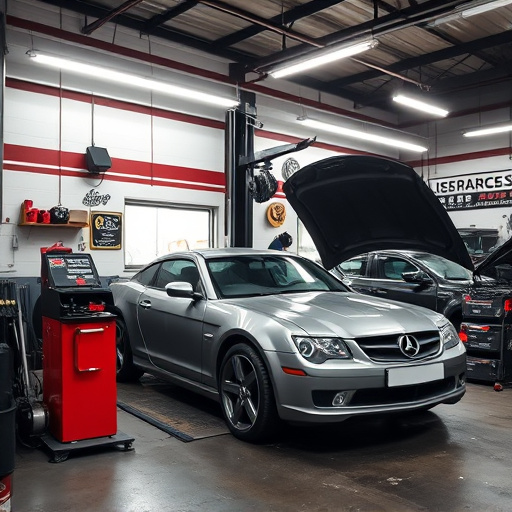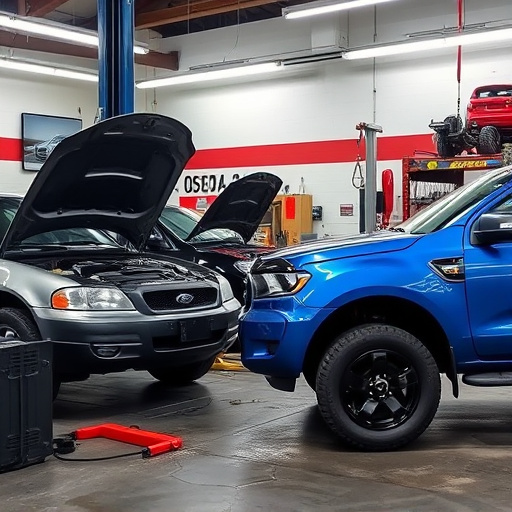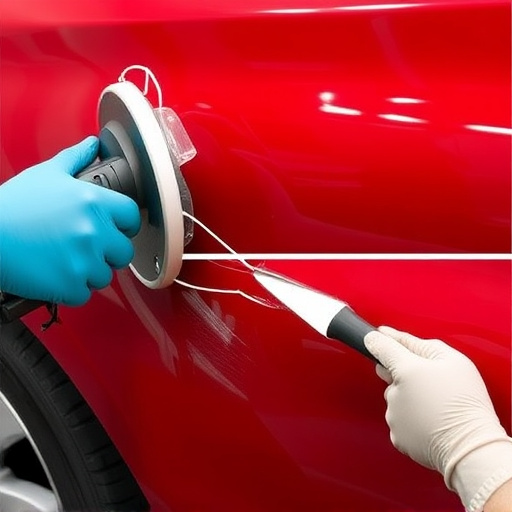Policyholders must understand deductible payment options to make informed decisions about vehicle restoration after accidents. These options include flat, percentage-based, and blended/combined deductibles, each affecting out-of-pocket expenses for repairs like dents or painting. By knowing these structures, drivers can choose between lower deductibles with higher premiums or higher deductibles to save on monthly payments, preventing unexpected costs during collision repair while managing risks effectively.
Navigating Unexpected Deductibles: Empowering Policyholders with Knowledge
Insurers often hide potential financial surprises within insurance policies, leaving policyholders scrambling to understand and manage deductibles. This article aims to demystify deductibles, a crucial aspect of insurance plans, and guide policyholders through the challenges they may face. We’ll explore different types of deductibles, from flat rates to blended amounts, and delve into the options available for payment, empowering readers to make informed decisions. By understanding deductible payment structures, policyholders can avoid unexpected costs and navigate their insurance coverage with confidence.
- Understanding Deductibles: What Policyholders Need to Know
- – Definition of deductibles and their role in insurance policies
- – Types of deductibles: Flat, percentage, and blended/combined
Understanding Deductibles: What Policyholders Need to Know
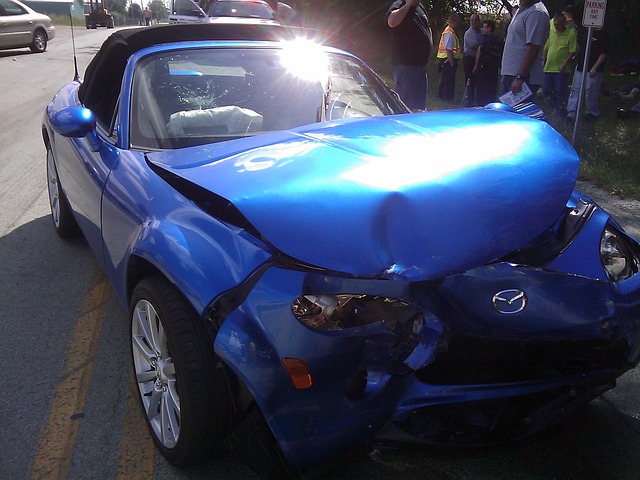
Policyholders often find themselves in a tricky situation when it comes to understanding and managing deductibles. In simple terms, a deductible is the amount you agree to pay out-of-pocket for repairs or claims before your insurance coverage kicks in. It’s like a security deposit on a rental—you pay a small fee to cover initial costs while the insurer steps in with their share after that. However, not all deductibles are created equal, and this is where many policyholders get caught off guard.
Knowing your deductible payment options is crucial for making informed decisions about vehicle restoration or car damage repair after an accident. For instance, some policies offer various deductible levels, allowing you to choose a lower one with higher premiums or opt for a higher deductible to potentially save on monthly payments. Additionally, understanding what’s covered and what isn’t in your policy can prevent unexpected out-of-pocket expenses when dealing with vehicle collision repair.
– Definition of deductibles and their role in insurance policies

Deductibles are a common feature in insurance policies, representing the amount that policyholders must pay out-of-pocket before their insurance covers the rest of the cost. These self-insurance contributions play a crucial role in managing risk and ensuring affordable coverage. In simple terms, when you make a claim on your insurance, the deductible is subtracted from the total claim amount before the insurer pays its share. Understanding deductibles is essential for policyholders as it directly impacts their financial responsibility during claims processes.
When unexpected events like accidents or damage to property occur, policyholders may find themselves facing higher-than-expected deductible payments. This can be especially true in cases where comprehensive or collision coverage is not included in the policy, such as when only liability or specific perils are covered. For instance, if your vehicle suffers minor dents after a fender bender, you might be responsible for paying a predetermined deductible amount before your insurance steps in to cover the rest of the repair costs. Alternatively, opt-in coverage like paintless dent repair or dent removal could offer more cost-effective solutions, reducing the financial burden associated with such unexpected events and ensuring that vehicle repairs don’t drain your pocketbook.
– Types of deductibles: Flat, percentage, and blended/combined
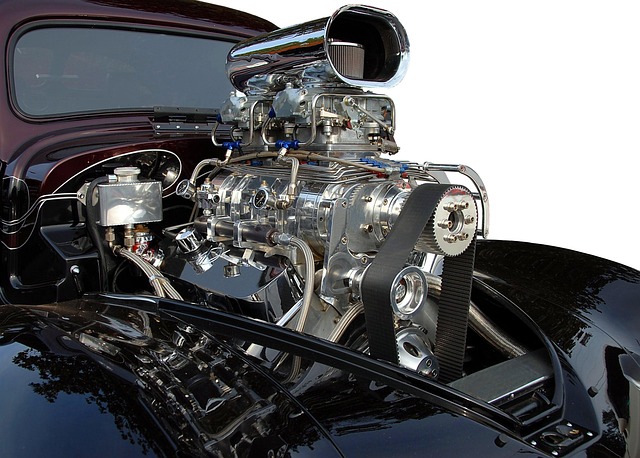
Policyholders often find themselves in a bind when it comes to understanding and navigating different types of deductible payment options. Deductibles are a common component of insurance policies, acting as a financial responsibility shared between the policyholder and the insurer. There are typically three primary structures for deductibles: flat, percentage-based, and blended/combined. Each has its unique implications for policyholders, especially when unexpected incidents arise, such as car dent repairs or even extensive auto painting services following an accident.
Flat deductibles are straightforward; a set amount is required to be paid by the policyholder before insurance coverage kicks in. This can be beneficial for those who prefer a known and fixed expense. On the other hand, percentage-based deductibles calculate the deductible as a percentage of the total claim cost, which might be less predictable but could vary based on the severity of incidents like automotive collision repairs. Blended or combined deductibles offer a mix of flat and percentage approaches, providing some stability with a base amount plus an additional percentage for claims above that threshold. Understanding these structures is crucial in ensuring policyholders are prepared and not caught off guard by unexpected deductible payments, especially when dealing with potentially costly repairs like car dent repair or auto painting services.
When it comes to unexpected events, having the right insurance with clear deductible payment options is vital. Understanding different types of deductibles empowers policyholders to make informed decisions and navigate their coverage effectively. By being aware of flat, percentage, or blended/combined deductibles, individuals can choose the option that best suits their financial situation and risk tolerance, ensuring they’re prepared for the unexpected without facing costly surprises.
